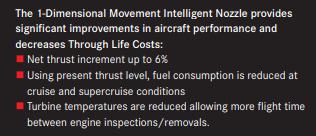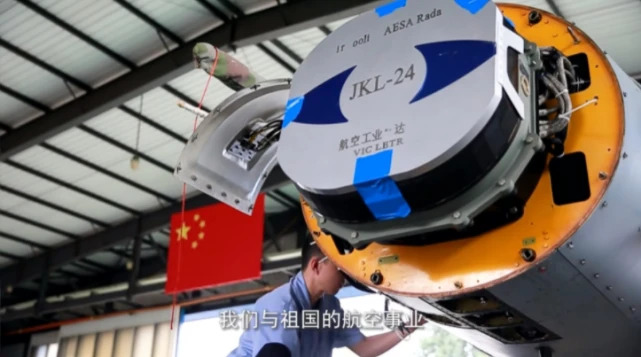advantage in dogfight/notching and simplifies some flight control procedures.
but more weight and thrust loss.
it depends on your choice. focus on high speed BVR or a closer range versatility

That is absurd lmao, china has already put the new j20 engines on decent numbers of airframes, su57 is still babbling around.
the thrust loss comes from the reshaping of engine‘s airflow from round to square for 2D nozzle
this is physics.
but in engineering, especially compared to a specific product, this loss can be reduced by improve other parts, and even go beyond old one like your example.
but the loss is still there
bruh are you really comparing irl performance to the UFO’s in a video game ?.
Nothing i’ve said today has been in correlation with in game performance, this is all IRL talk
do u mind posting the source for irl performance of these aircraft at low speed ?
??? What has that got to do with anything
This whole debacle revolves around the IRL decision for the PLAAF not to use TVC nozzles on their engines, for doctrinal purposes.
i just want to learn more from where u learnt.
There are actually thrust gains ^^
you see, reduced fuel consumption and reduced drag at transonic speeds up to like ~1.3 mach dosent matter at all
and an increase in thrust dosent matter as well, for a single reason:
China dosent use it
I haven’t seen anything that suggests the J-20’s latest engine is a variable bypass turbofan of similar performance to the AL-41.
That is a poor argument, just because China doesn’t use it does not mean it isn’t beneficial. Maybe they cannot justify it based on costs.
They might not use it simply because they dont believe its worth the increase in cost and complexity tbh. Kind of like how SLAR increase cost and complexity as well.
Ppl seem to forget that armed forces dont tend to buy/design whats “best” because of various other factors, such as cost and politics. People also have a tendency to hyperfocus on a small range of aspects they believe to be superior to everything else.
Which is what I tried to explain yesterday, Chinese Air Force officials have deemed TVC as a marginal benefit that isn’t cost efficient, in a similar vein to how they have chosen to shy away from a gimballing AESA radar, their consideration comes from lengthy evaluation of pre-existing systems (AL-41 in this case) and have experimented with their own tech (WS-10B TVC Prototype) and have chosen not to invest in the technology for their current fleet of aircraft, instead choosing to put more effort into researching and developing TVC for their future aircraft (eg. Stealth friendly 2D TVC engines seen on the new, albeit dubious, 6th gen leaks)
TLDR: According to Chinese Officials,Thrust Vectoring is doctrinally inefficient and too expensive to maintain for the massive fleet of PLAAF/PLANAF 4.5 gens, and as a result they don’t want to allocate funds that could be used for next gen aircraft development, on additional maintainance costs, for something that isn’t doctrinally relevant
That’s just a lie at this point as @MiG_23M made the exact same point yesterday and you awnser was this:
You didn’t try to explain anything
And there was also this, after i pointed out that it has more uses than simple HOBS missile slinging:
Surely you wanted to explain that it has to do with maintenence
This part clearly isnt a guarantee, since they have quite literally shown off a gimbaled variant of the KLJ-7A AESA. I think theres a decent chance the J-16 has a gimballed AESA, since we know it has an AESA, and its almost guaranteed not to be a fixed angle plate. There is the possibility its a fixed flat plate, but the radome shapes lends itself well to a gimbaled AESA, and I’d be somewhat surprised if they went with a fixed flat plate on one of their newest jets.
KLJ-7 is an export radar, and also customizable radar, that’s why you see different antenna and with or without gimbal.
A vertical radome does not imply a gimbaled AESA — otherwise, the J-10A MLU would have had a stronger reason to be equipped with it.

I never said it explicitly did, I said it was a possibility.
good thing the al-41 isnt a variable bypass engine(at least anymore), the variable bypass variant for the al-41 never went into service.